How to Grow Peas

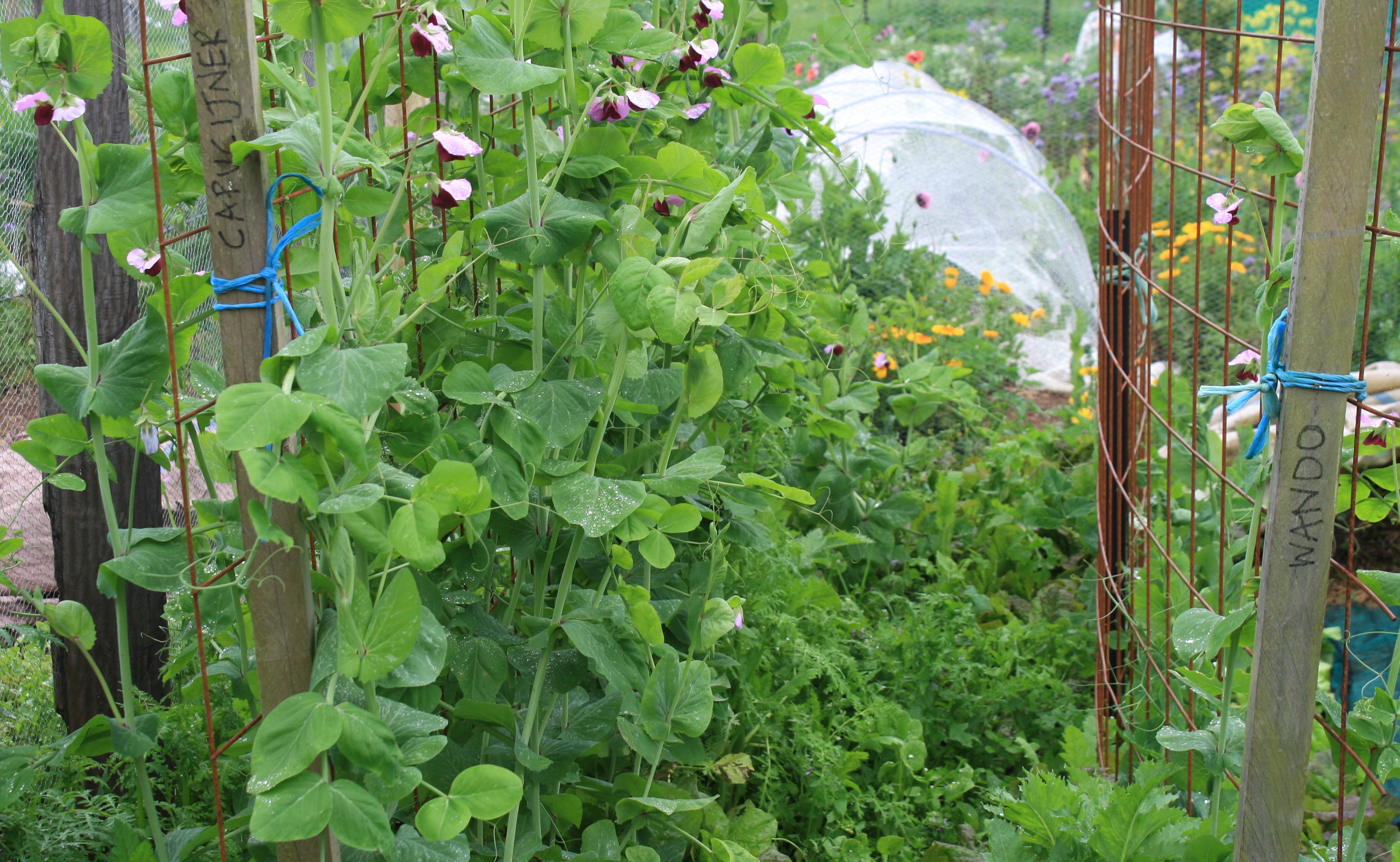
Peas prefer mild, cool weather - not too hot, not too cold. Here in Horowhenua, I can sow them Autumn through Spring. When temperatures rise, peas stop/ reduce flower production. Find your own perfect pea moment by trying all the timings. Regular sowings of peas throughout, brings a steady supply of natures sweetest of treats.
Sow
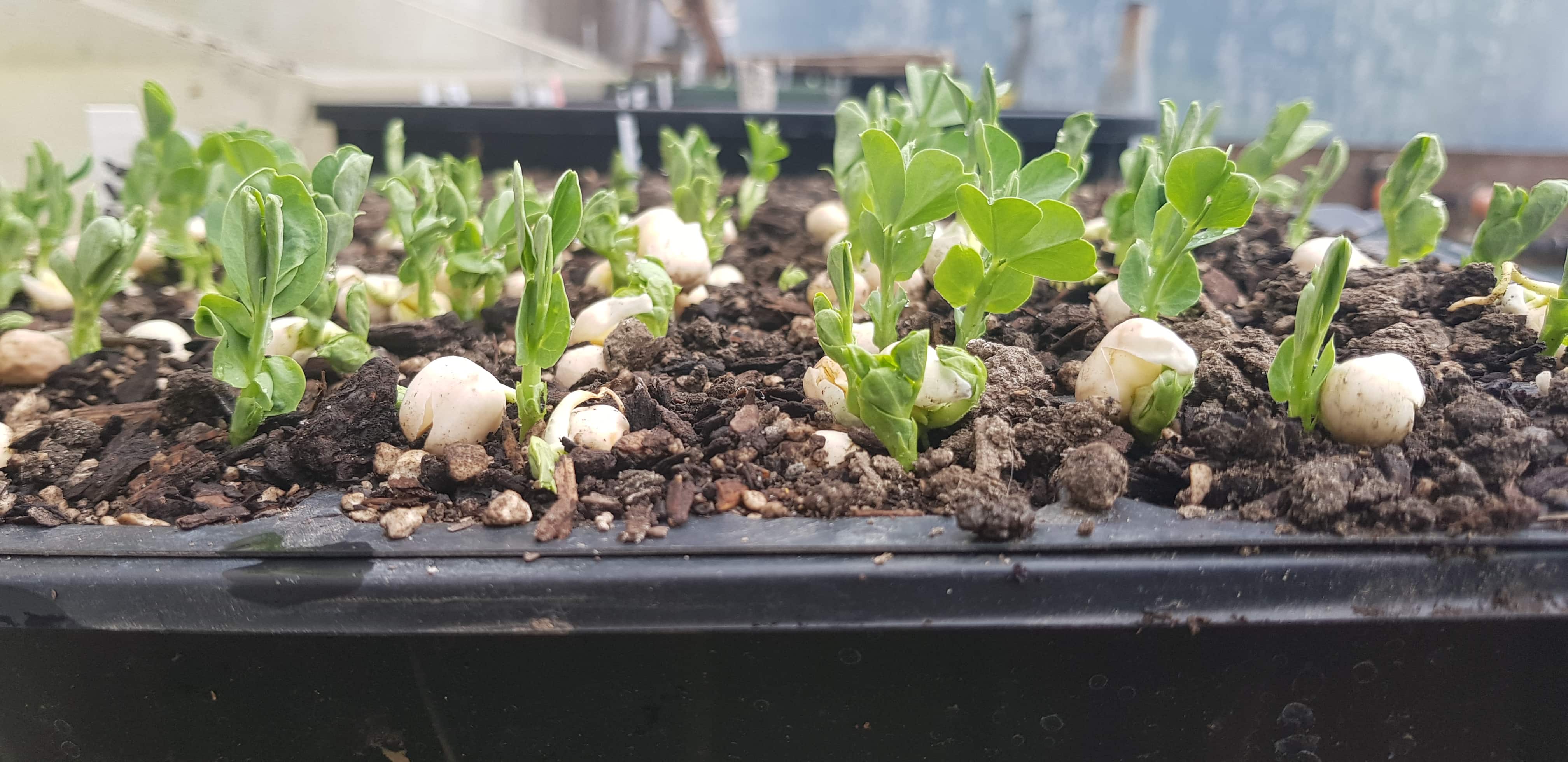
In my clay soil, peas do far better tray sown and transplanted as seedlings. Legume seeds can easily rot in heavy/ wet soils, and if they do make it through they face off against birds, who love freshly sprouted pea shoots and slugs, if they're prevalent at your place, and mice, who will gobble the seed up. Everyone it seems, love peas!
Sow peas in plug trays or toliet rolls. Either way, there's minimal root disturbance. Plug trays are perfect because you can easily pop them out in one nice bundle, as is a toliet roll because you plant it out roll and all.
Sow 3 pea seeds per plug or roll. Pea stems are so fragile they perform way better in a group. 3 in one hole also takes productivity up, making the most of your space.
Take care not to overwater at this early stage. The seed easily rots before germinating if it gets too wet. After the initial watering at sowing, you may not even need to water again until sprouting. Err on the side of slightly dry.
Soil Prep
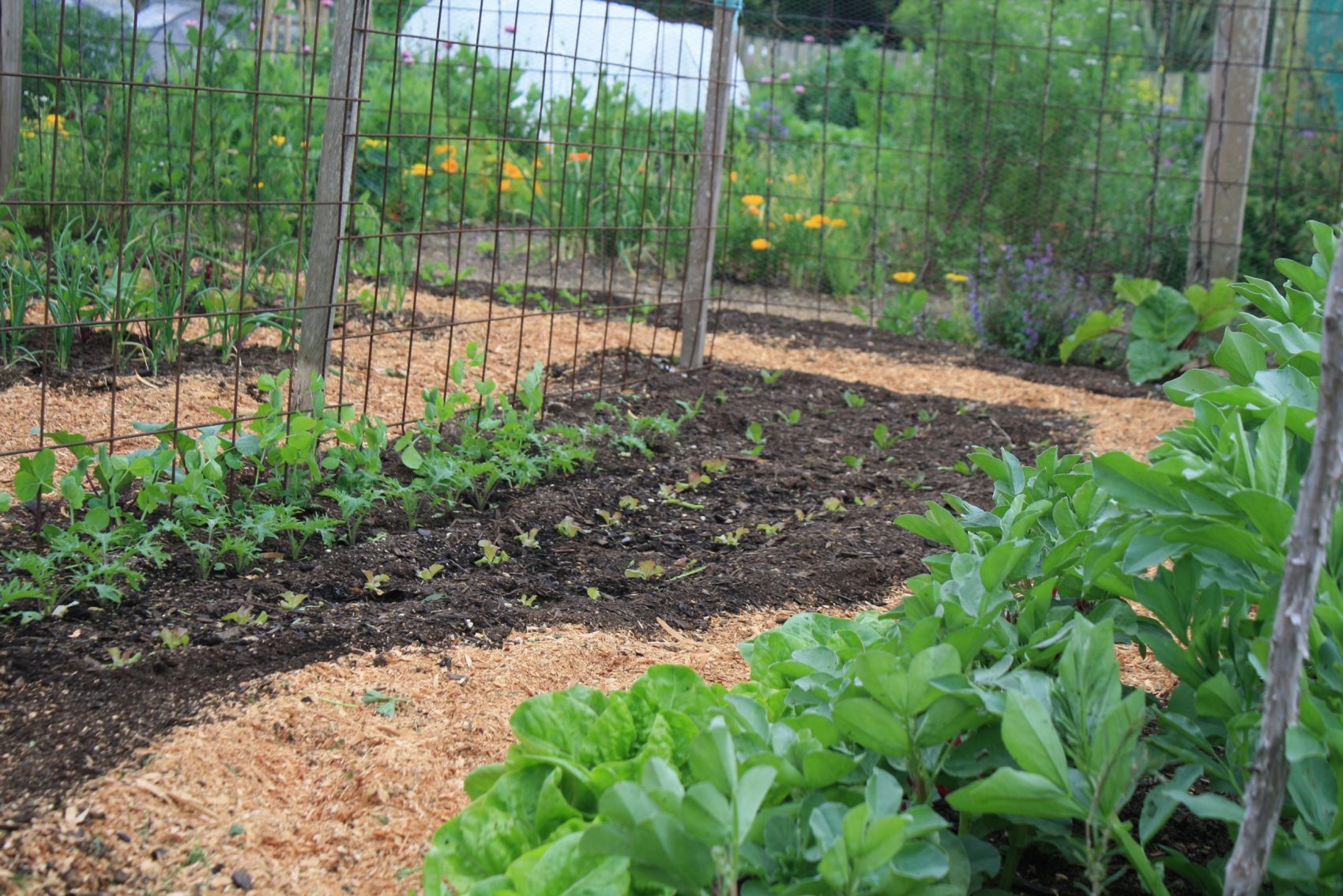
Peas need free draining soil. They don't need rich soil and therefore are at their best after a heavy feeder.
If soil is good, you wont need to add anything, because peas are light feeders + nitrogen fixers, able to source nitrogen from the air and fix it in their roots. On heavy or poorly drained soil, make a mound of compost or vermicastings or cheats compost - something wholesome and mature. If your soil is light and sandy and wormless, simply spread a lovely layer of homemade compost on top the existing soil. 2 - 5cm depending on how poor the soil is beneath. Bought compost is too rich, on the whole. Mix it 50/50 with existing soil and/ or vermicastings.
Grow
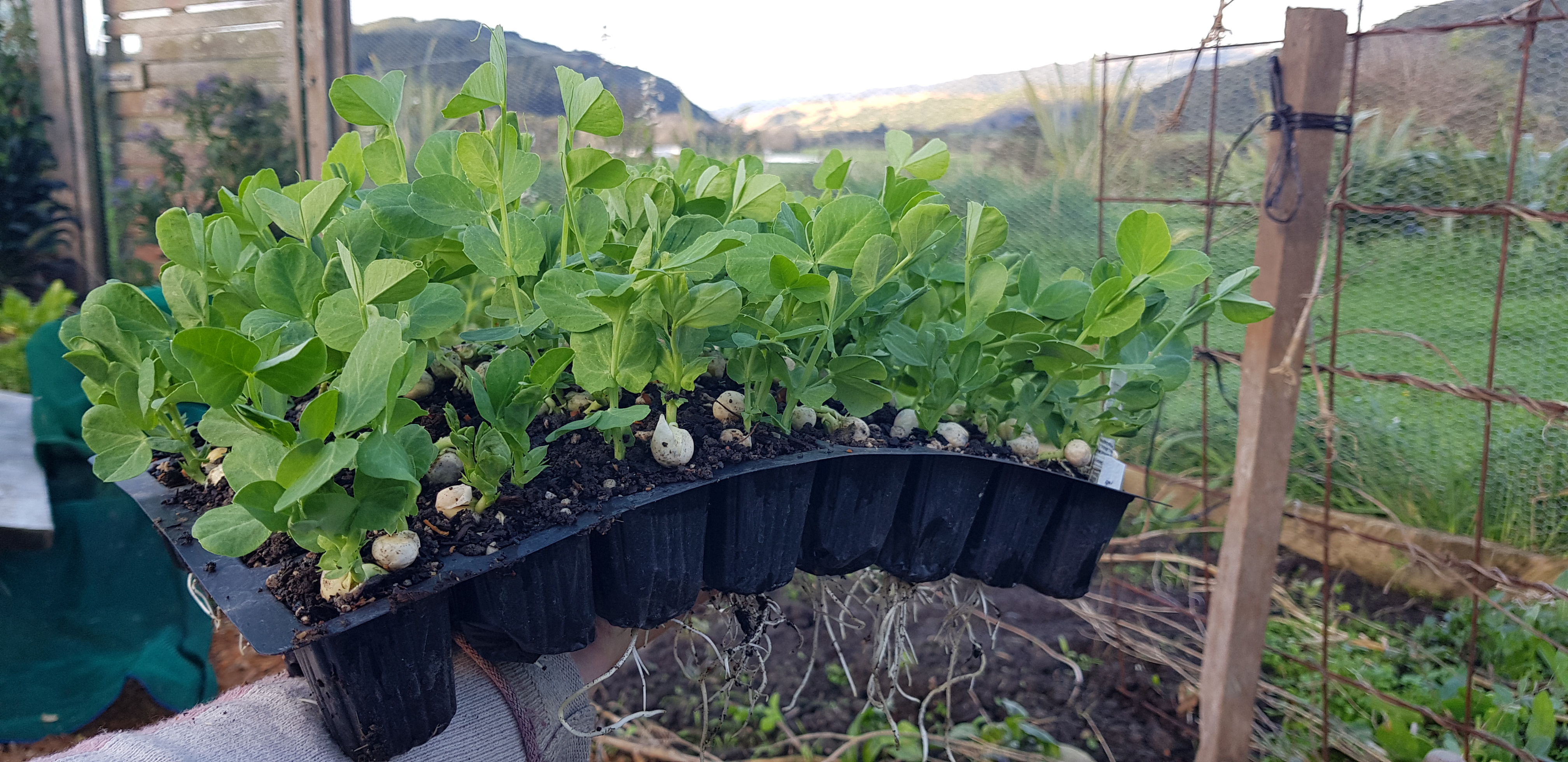
Peas need a 2m trellis to climb on. They grip on with tiny tendrils, so netting of any kind suits them well. Not so poles, that are better suited for beans that wind round and round. Set your trellis up first.
When pea seedlings are 5 - 7cm tall, pop the little group of pea seedlings out of the plug and plant them just like that, in a hole at 10cm spacings. If in toliet rolls, plant them out roll and all.
If you live somewhere wettish, perhaps forgo the mulch for now in a bid to reduce slugs. If you live somewhere dry-ish, mulch away. Or plant low growing companions to stack the production and create a living mulch.
Get the Rhizobia going
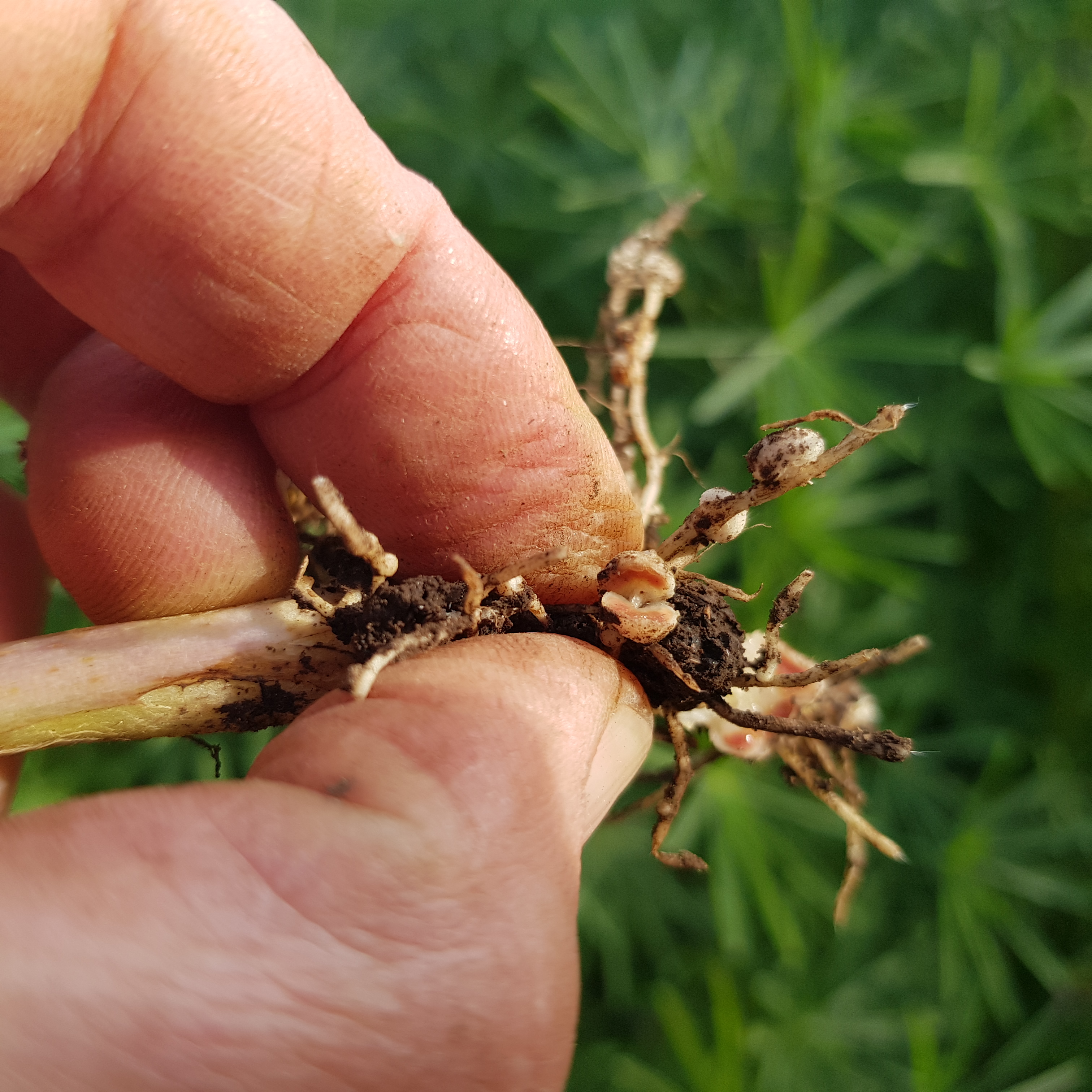
Peas - infact all legumes, have a symbiotic relationship with the soil bacterium, Rhizobium leguminosarium. This is the relationship that enables nitrogen fixation to take place and may be what's missing if your peas fail to thrive. Pull out a plant and check the roots. Look for small whitish, pinkish balls (nodules). These show you the bacteria are present.
In most good soil, they are in abundance, but can be absent where environmental stresses like drought or flood have occurred, herbicides or artificial fertilisers have been used or in new gardens where legumes haven't been grown.
I prefer a general innoculant rather than specific. Track one down and dose the seeds with it pre sowing. Once should be enough to get the ball rolling.
Companions
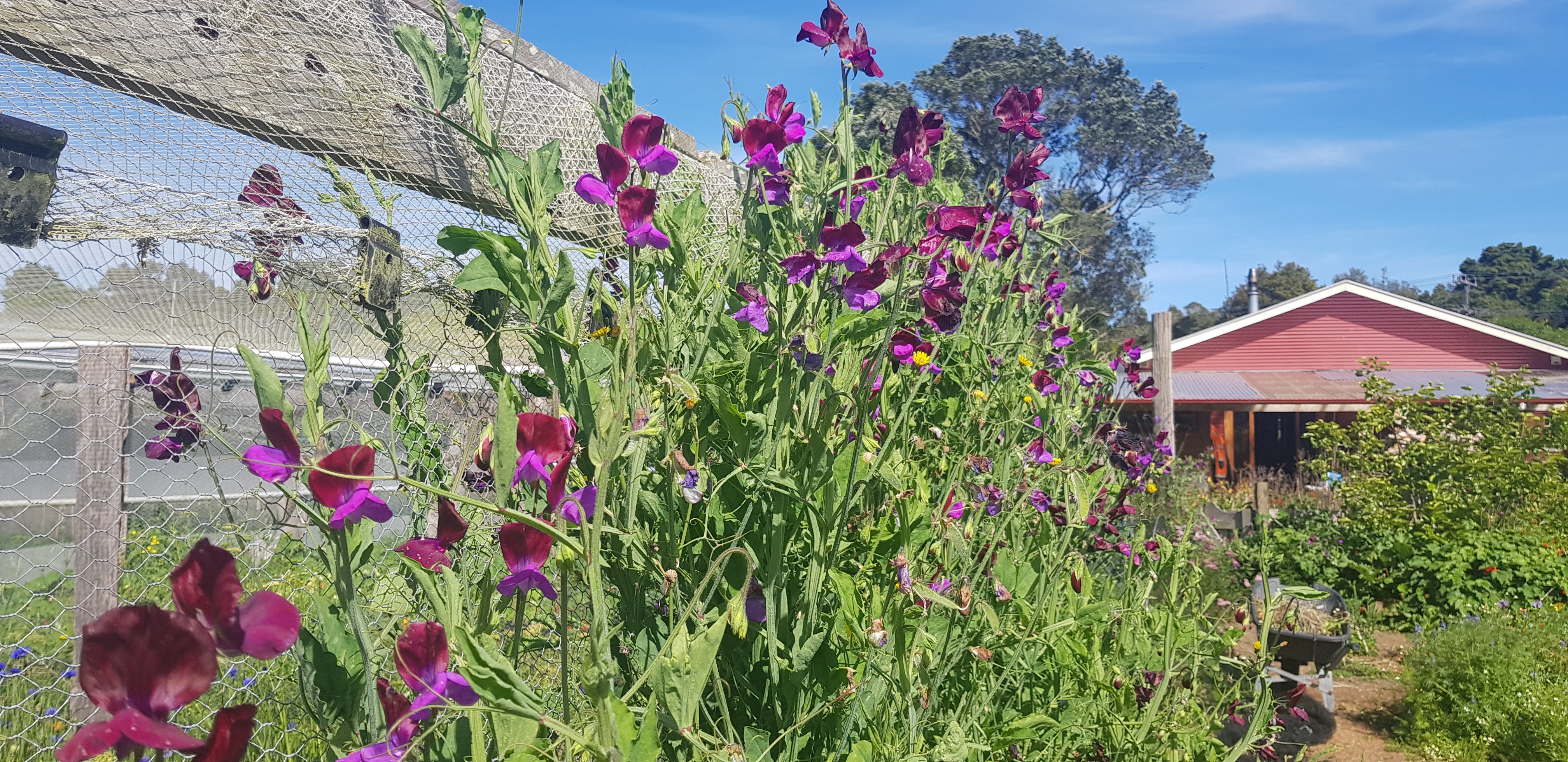
Peas are such an amenable crop, growing happily with most. Low growing companions make sense to fill the gap at the base, preventing weeds and creating the community that plants prefer. Leafy greens, salads, nasturtium, phacelia and calendula - you choose your perfect fit. I always send a few flowering sweet peas up the trellis as well, simply for the joy of it.
Harvest
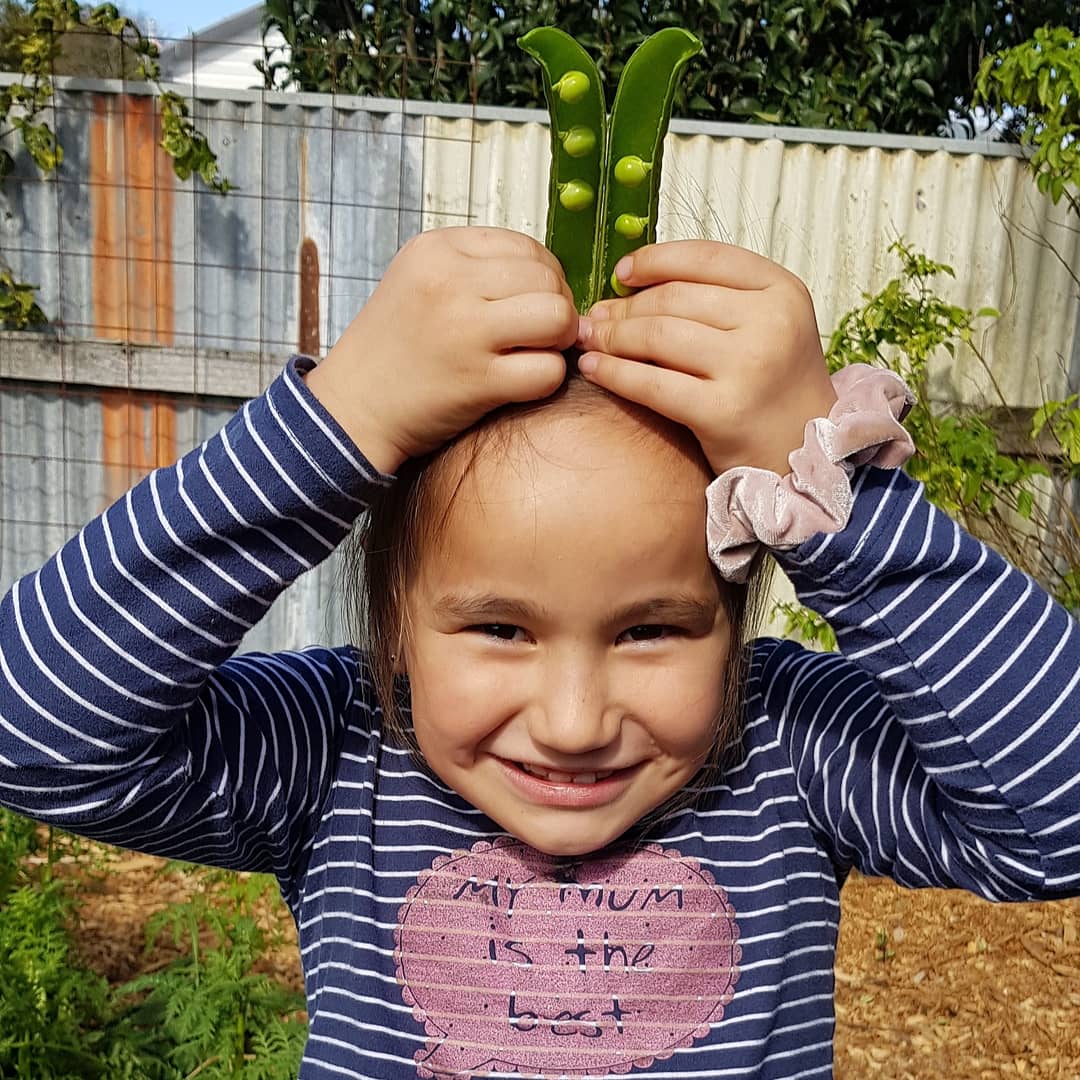
Regular harvest promotes, flowering and keeps your vines more productive, for longer. When the pods are swollen and the shape of the peas visible, get out there every morning and pick. Get your eye in for harvesting perfect peas everytime, by sampling a few. Its a tough job, but someones gotta do it.
If they are floury and a bit tough, it means they've been on the vine a day or so too long. Use these in soups or stews.
Even if there are but a few ripe, get them in to keep stimulating new flowers to form.
